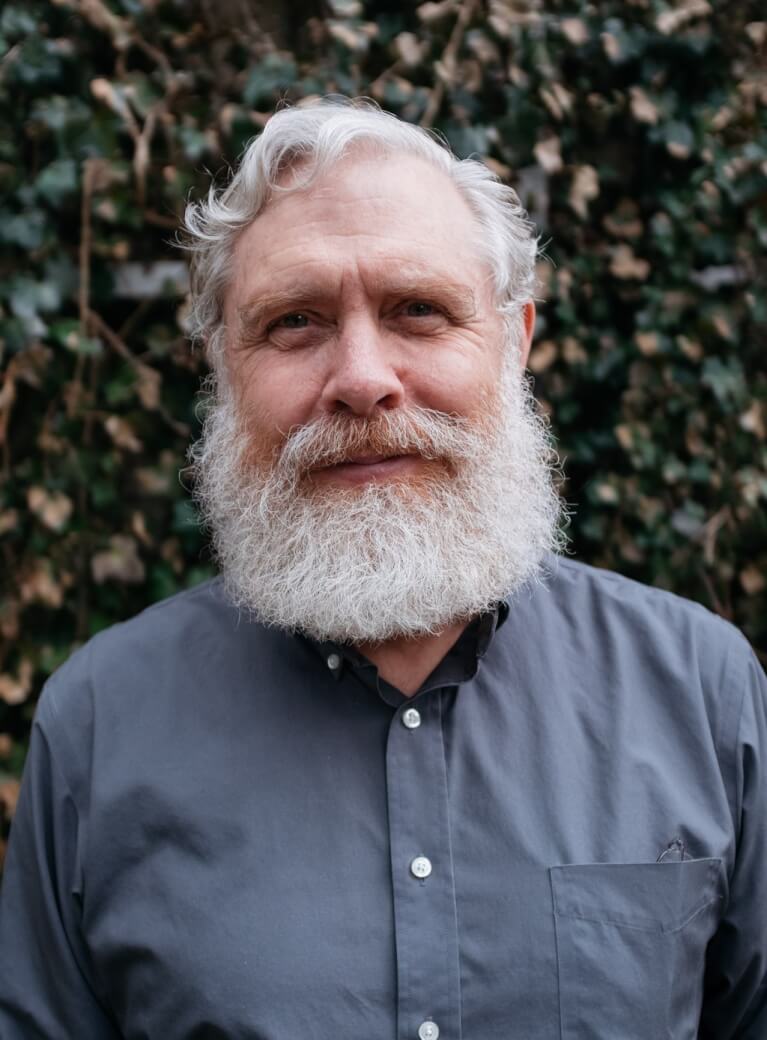George McDonald Church is an American-born geneticist, molecular engineer, and chemist.
He is currently the Robert Winthrop Professor of Genetics at Harvard Medical School, Professor of Health Sciences and Technology at Harvard and MIT, and a founding member of the Wyss Institute for Biologically Inspired Engineering. As of March 2017, Church serves as a member of the Bulletin of the Atomic Scientists’ Board of Sponsors.
Church is known for his professional contributions in the sequencing of genomes and interpreting such data, in synthetic biology and genome engineering, and in an emerging area of neuroscience that proposes to map brain activity and establish a “functional connectome.” Among these, Church is known for pioneering the specialized fields of personal genomics and synthetic biology. He has co-founded commercial concerns spanning these areas, and others from green and natural products chemistry to infectious agent testing and fuel production, including Knome, LS9, and Joule Unlimited (respectively, human genomics, green chemistry, and solar fuel companies).
He has co-developed “genome engineering” technologies since 1997 via either general homologous recombination (recA and lambda-red) or via sequence-specific nucleases. Since 2004, his team has developed use of DNA array (aka DNA chip) synthesizers for combinatorial libraries and assembling large genome segments. He co-developed Multiplex Automated Genome Engineering (MAGE) and optimized CRISPR/Cas9 discovered by Jennifer Doudna and Emanuelle Charpentier for engineering a variety of genomes ranging from yeast to human. His laboratory’s use of CRISPR in human induced pluripotent stem cells (hiPS) is the latest contender for precise gene therapy. His team is the first to tackle a genome-scale change in the genetic code. This was done in a 4.7 million basepair genome of an industrially useful microbe (E. coli) with the goal of making a safer and more productive strain; this strain uses non-proteinogenic amino acids in proteins and is metabolically and genetically isolated from other species. He has co-invented several uses for DNA, including detectors for dark matter — Weakly interacting massive particles (WIMPs), anti-cancer “nano-robots”, and strategies for digital data storage that are over a million times denser than conventional disk drives. Together with polymerase, DNA can be used to sense and store variation in photons, nucleotides, or ions.
Source: Wikipedia, Weiss Institute
Image: Heyytessa / CC BY-SA (https://creativecommons.org/licenses/by-sa/4.0)

